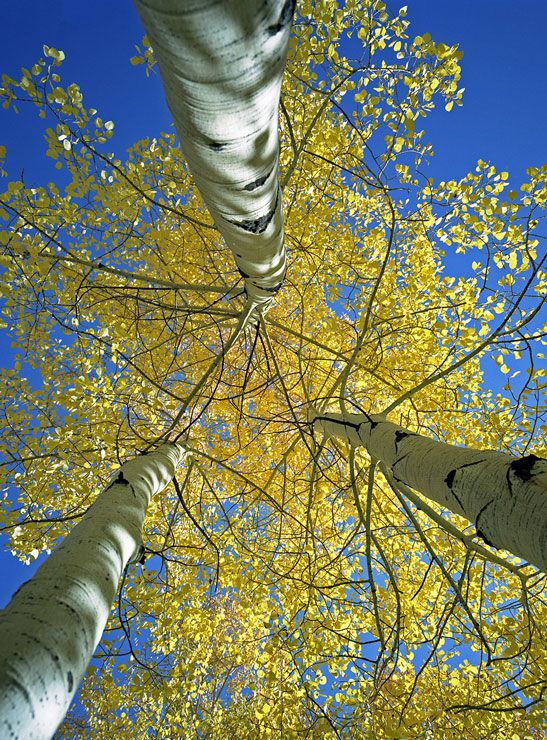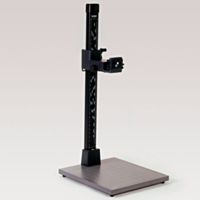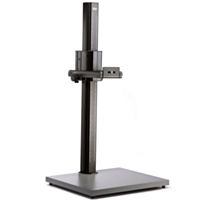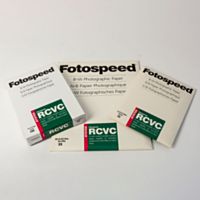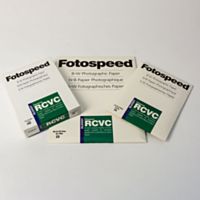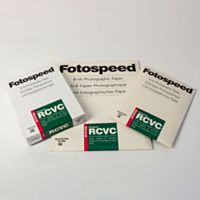THE INTIMATE LANDSCAPE 2 : CHANGING YOUR VANTAGE POINT
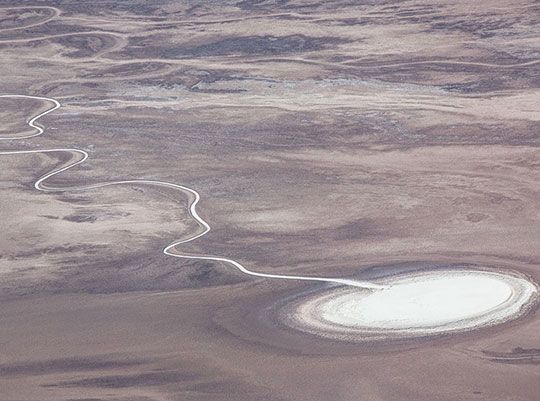


"White Striations"
In my first blog I tried to define what is meant by the term "the intimate landscape", and as with many things it means different things to different people. To some an intimate landscape can only be achieved by photographing just a very small part of a given location, however to others the term can be more comprehensively understood. From a personal standpoint I feel the emphasis should be on the word "intimate", suggesting that as a photographer you are exploring issues that are unique to you. What I would like to do in forthcoming blogs is to examine various techniques that encourage us to achieve precisely that.
The vast majority of landscape photographs are taken with the camera pointed at the horizon, even though on some occasions it isn't visible, so what I would suggest is that you consider taking your images with the camera pointing downwards.
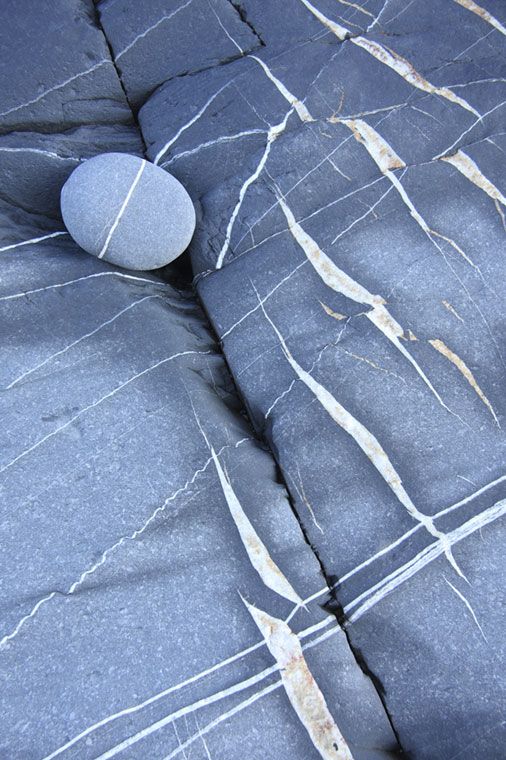

"Burnt Forest"
To some, this might be considered too "panoramic" to be classed as an "intimate landscape", but it was photographed as I was driving up a very windy road in Washington State. As I gained height and viewed the mountainside from an elevated vantage point, I noticed how interesting the scorched trees appeared amongst the unaffected pines. I stopped the vehicle, grabbed my long lens and took this shot.
I was especially drawn to the very abstract nature of this location. Once again, I would question whether any other photographer would have considered this a "must shoot" location.
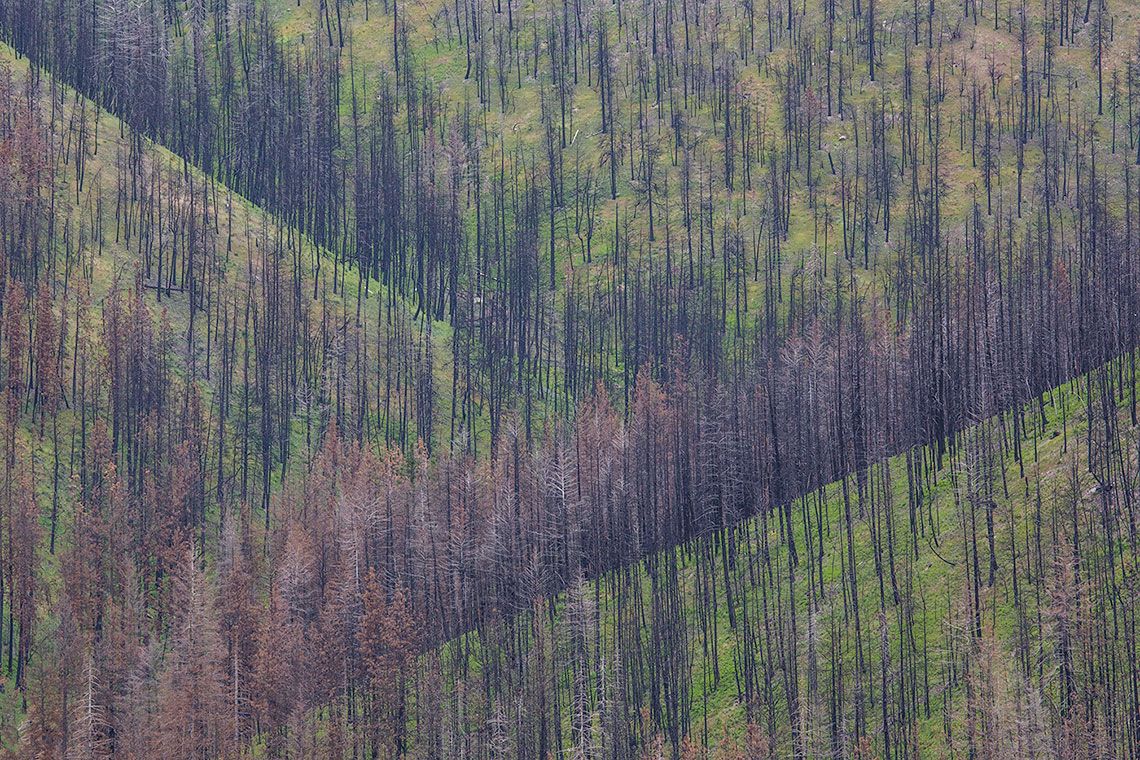

"View Of Death Valley From Dante's Overlook"
It is quite extraordinary how different a familiar location can appear from a much higher viewpoint. Most of Death Valley is below sea level, whilst the overlook I was standing on is over 12,000 feet above sea level, which offered a very different scenario. In common with the previous image, it reveals wonderful abstract characteristics; the black line on the right of the image is, in fact, one of the roads snaking its way through the valley, whilst the white areas to the left are the famous Death Valley salt-plains.
From this elevated location, one has many options, and it really is a very personal decision regarding which part of the valley one chooses to feature. In terms of scale, however, it couldn't be more different from image 1, and yet there are similarities.
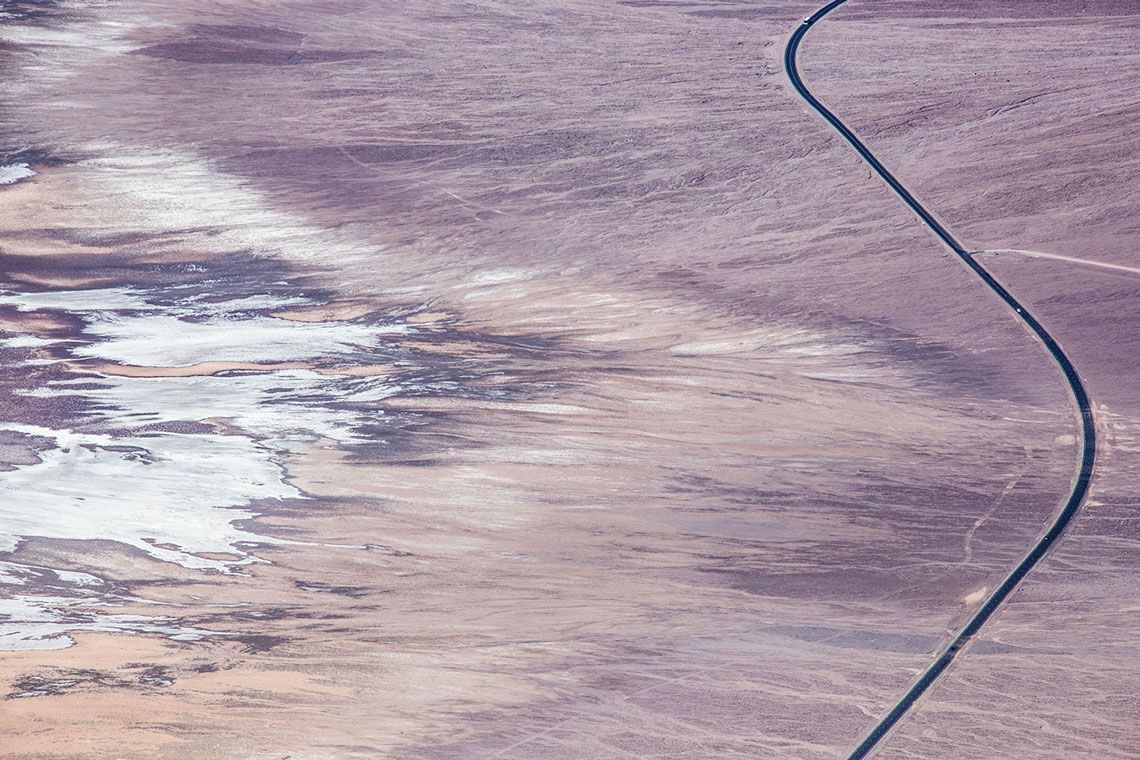

"An Alternative View Of Death Valley From Dante's Overlook"
When viewing this scene, the wriggling white feature almost assumes a strange biological element, which of course is one of the virtues of the "intimate landscape" in so far as it positively encourages us to be imaginative.
From a photographic standpoint, what it does illustrate is that by pointing the camera downwards and away from the horizon, some truly fascinating elements of landscape can be revealed.


"Rows Of Poplars, Andalusia"
As I suggested in my opening blog, it helps if you can identify a very positive visual element which is the overwhelming characteristic of the feature you wish to photograph. In this example, I was fascinated by the wonderful sense of rhythm and pattern.
Essentially I was probably no more than 40 feet above this plantation, but because I was able to look down on these serried rows of trees, I was able to capture a very satisfying separation between each of them. The plantation was much larger than I have suggested in this image, but by focusing on the essential visual elements, I hope I have captured the character of this location.
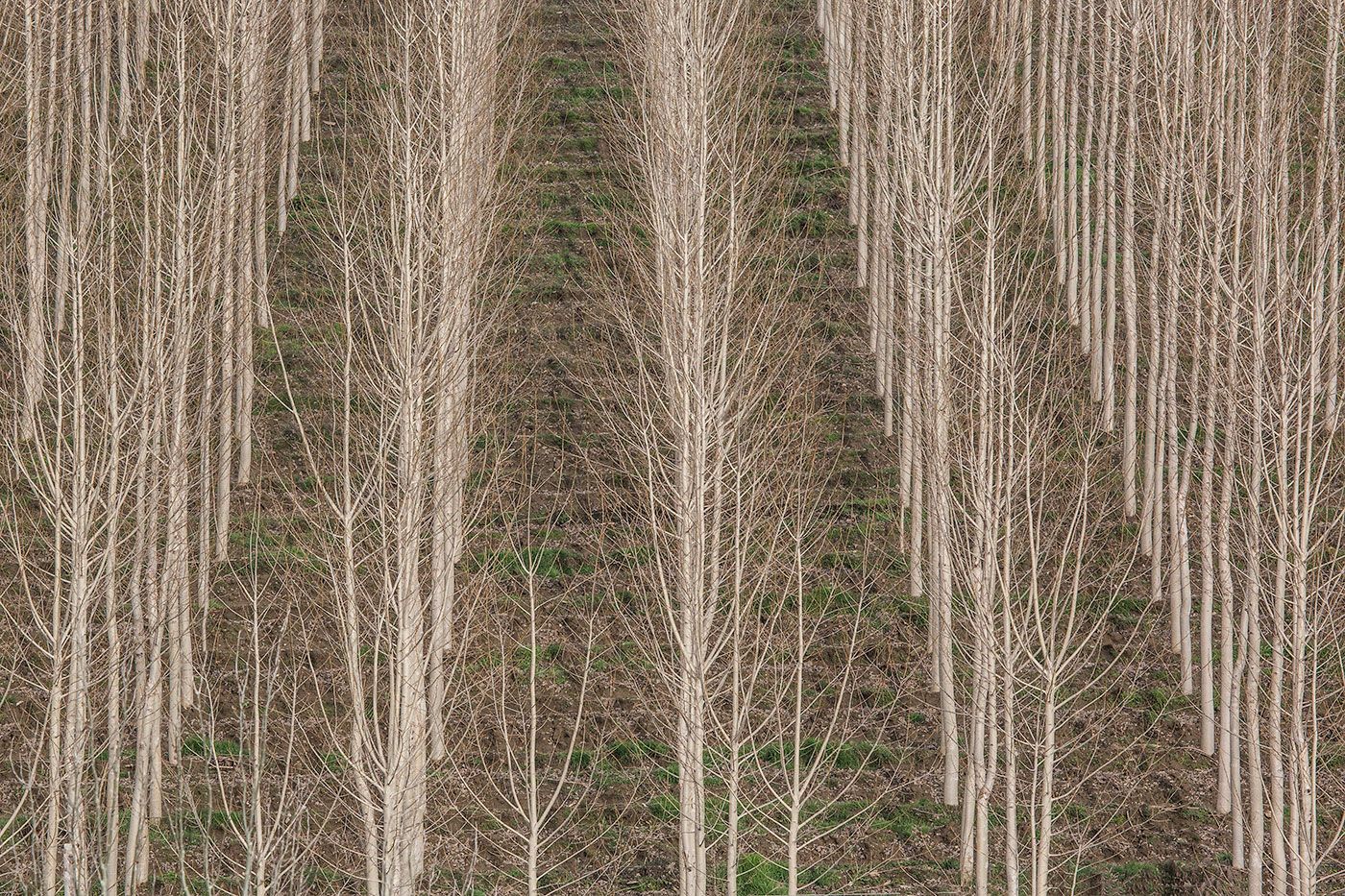

"Aspens"
The converse to viewing locations from above is to lie on your back and point your camera upwards; sometimes some really interesting landscapes can be achieved in this way. As I was walking through this beautiful forest of aspens, I was particularly attracted to the golden leaves set against a deep blue sky; as you are no doubt aware, orange and blue are complementary colours.
Apart from greatly simplifying the image by looking upwards, the bluest part of the sky is always directly above you. By shooting from below, that sense of colour contrast is maximised.
One of the real pleasures of producing a set of related images is viewing them later, but also sharing them with others. One way of doing this is to present your photos in a Spring Back Binder. Essentially what you are doing is archiving your images in book form, which is a wonderful way of celebrating your work. Just check out Spring Back Binder on the Fotospeed website for further details.
